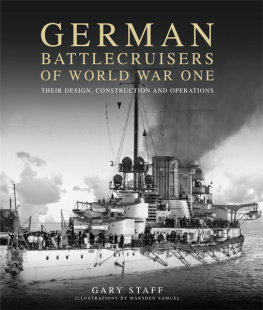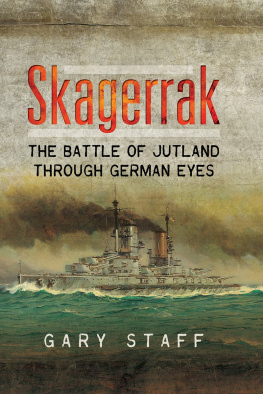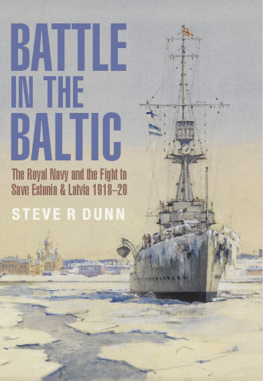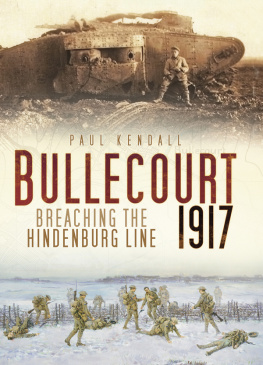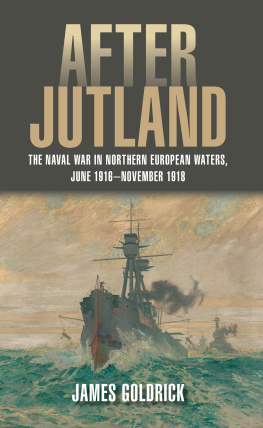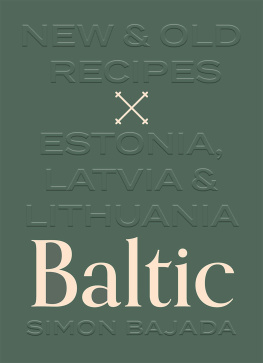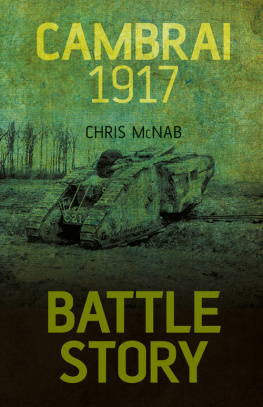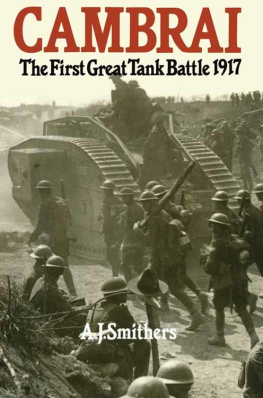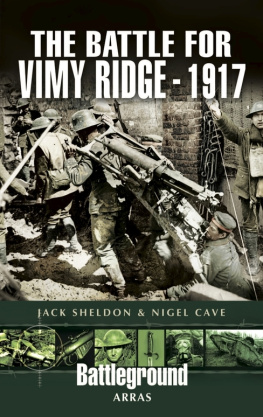Gary Staff - Battle for the Baltic Islands, 1917
Here you can read online Gary Staff - Battle for the Baltic Islands, 1917 full text of the book (entire story) in english for free. Download pdf and epub, get meaning, cover and reviews about this ebook. year: 2009, publisher: Casemate Publishers, genre: Non-fiction. Description of the work, (preface) as well as reviews are available. Best literature library LitArk.com created for fans of good reading and offers a wide selection of genres:
Romance novel
Science fiction
Adventure
Detective
Science
History
Home and family
Prose
Art
Politics
Computer
Non-fiction
Religion
Business
Children
Humor
Choose a favorite category and find really read worthwhile books. Enjoy immersion in the world of imagination, feel the emotions of the characters or learn something new for yourself, make an fascinating discovery.

- Book:Battle for the Baltic Islands, 1917
- Author:
- Publisher:Casemate Publishers
- Genre:
- Year:2009
- Rating:3 / 5
- Favourites:Add to favourites
- Your mark:
- 60
- 1
- 2
- 3
- 4
- 5
Battle for the Baltic Islands, 1917: summary, description and annotation
We offer to read an annotation, description, summary or preface (depends on what the author of the book "Battle for the Baltic Islands, 1917" wrote himself). If you haven't found the necessary information about the book — write in the comments, we will try to find it.
Gary Staff: author's other books
Who wrote Battle for the Baltic Islands, 1917? Find out the surname, the name of the author of the book and a list of all author's works by series.
Battle for the Baltic Islands, 1917 — read online for free the complete book (whole text) full work
Below is the text of the book, divided by pages. System saving the place of the last page read, allows you to conveniently read the book "Battle for the Baltic Islands, 1917" online for free, without having to search again every time where you left off. Put a bookmark, and you can go to the page where you finished reading at any time.
Font size:
Interval:
Bookmark:


Pen & Sword Maritime
An imprint of
Pen & Sword Books Ltd
47 Church Street
Barnsley
South Yorkshire
S70 2AS
available from the British Library
Printed and bound in the UK
By CPI
Pen & Sword Maritime, Pen & Sword Military, Wharncliffe Local History,
Pen & Sword Select, Pen & Sword Military Classics, Leo Cooper,
Remember When, Seaforth Publishing and Frontline Publishing
PEN & SWORD BOOKS LIMITED
47 Church Street, Barnsley, South Yorkshire, S70 2AS, England
E-mail: enquiries@pen-and-sword.co.uk
Website: www.pen-and-sword.co.uk
- Vice Admiral Bakhirevs flagship, the armoured cruiser Bayan .
- Vice Admiral M K Bakhirev on the bridge of a battleship earlier in the war.
- The armoured cruiser Admiral Makarov .
- The battleship Tsarevitch , renamed Graschdanin after the revolution.
- Slava , the last battleship of the Borodino class, seen from astern.
- The gunboat Grozyashchi .
- The gunboat Chrabry at Riga.
- The Russian destroyer Grom .
- The shallow-draught mine layer Pripyat .
- SMS Kaiser .
- Vizeadmiral Ehrhard Schmidt and his Staff aboard his flagship, Moltke .
- The small cruisers Frankfurt and Augsburg prior to the operation.
- A minesweeper of II Minesweeper Flotilla.
- A German A-type torpedoboat, used by the minesweeper flotillas.
- Damage caused when the minesweeper M75 struck a mine on 8 October.
- The sperrbrecher (barrier breaker) vessel Rio Pardo .
- The German torpedoboat V100.
- The German net layer Eskimo , originally an English merchant ship.
- The minelayer Nautilus transfers mines to small minesweeper motorboats.
- The German battleship Grosser Kurfrst , just after completion in 1914.
- The airship SL8 passes over Grosser Kurfrst .
- Damage caused when Grosser Kurfrst struck a mine on 12 October.
- SMS Bayern in Tagga Bay after suffering damage from a mine
- The damage caused to Bayern by the mine struck on 12 October.
- The small cruiser SMS Emden II opens fire on a Russian battery.
- German troops board a transport steamer.
- Troops transfer from a transport into boats for the landing in Tagga Bay.
- A close-up of the troops ready to go ashore.
- German minesweeping motor launch takes troops ashore.
- The scene at the disembarkation beach in Tagga Bay.
- German ships in Tagga Bay.
- The German torpedoboat B98 comes alongside the stricken Grom.
- Knig follows minesweepers through the mine fields of the Irben Straits.
- The minesweeper A62 towing the Russian barge captured on 16 October.
- The battle in Moon Sound, 17 October. Russian shells fall near Kronprinz .
- Kronprinz fires a salvo.
- A German shell lands near Slava .
- A Russian salvo falls near German minesweepers in the Moon Sound, 17 October.
- An aerial view of Slava after scuttling.
- The German torpedoboat S64.
- S64, scuttled after striking a mine near Kumora Reef on the night of 17 October.
- The German torpedoboat B111 is towed into Libau after striking a mine.
- The battleship SMS Markgraf .
- One of the abandoned 12-inch guns at Zerel.
- The famous lighthouse at Cape Zerel.
- The grave of a sailor from the German torpedoboat B111.
- Buried together: German and Russian graves on sel.
Font size:
Interval:
Bookmark:
Similar books «Battle for the Baltic Islands, 1917»
Look at similar books to Battle for the Baltic Islands, 1917. We have selected literature similar in name and meaning in the hope of providing readers with more options to find new, interesting, not yet read works.
Discussion, reviews of the book Battle for the Baltic Islands, 1917 and just readers' own opinions. Leave your comments, write what you think about the work, its meaning or the main characters. Specify what exactly you liked and what you didn't like, and why you think so.

